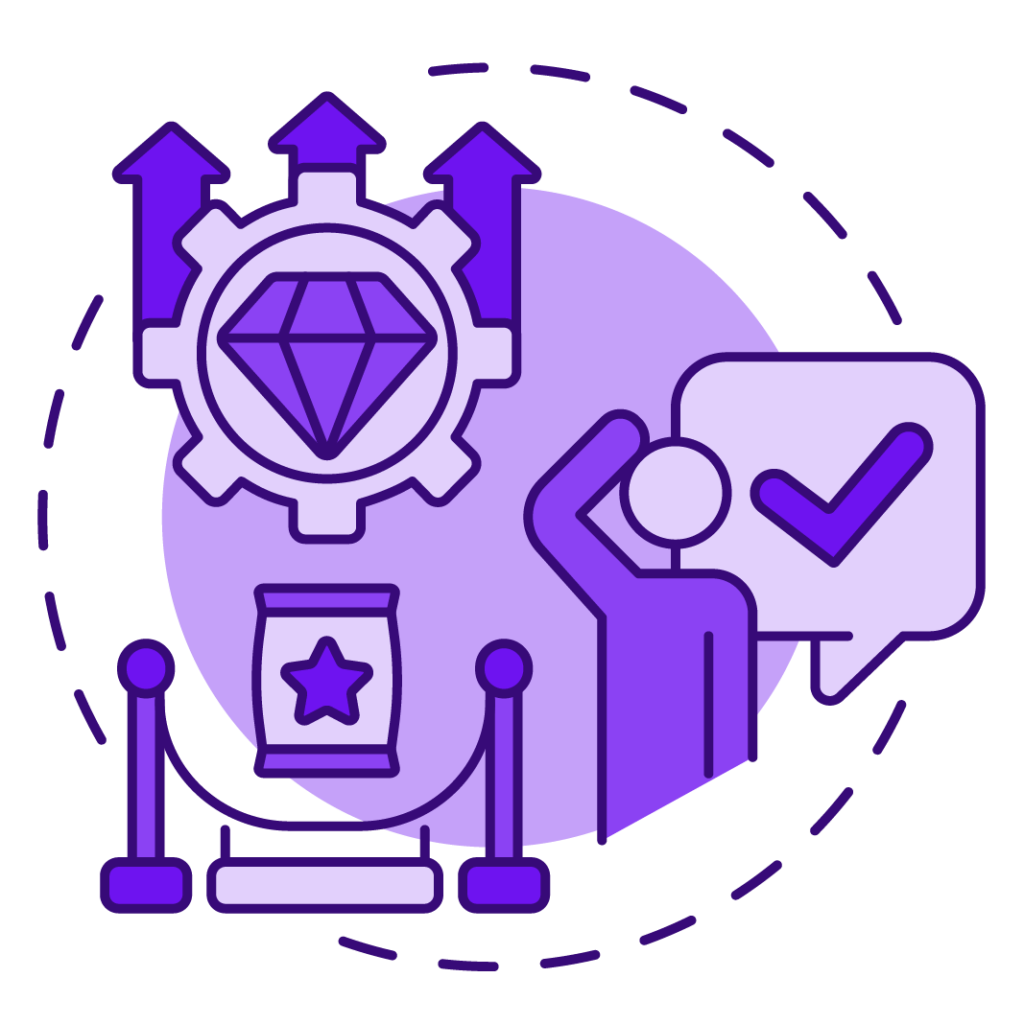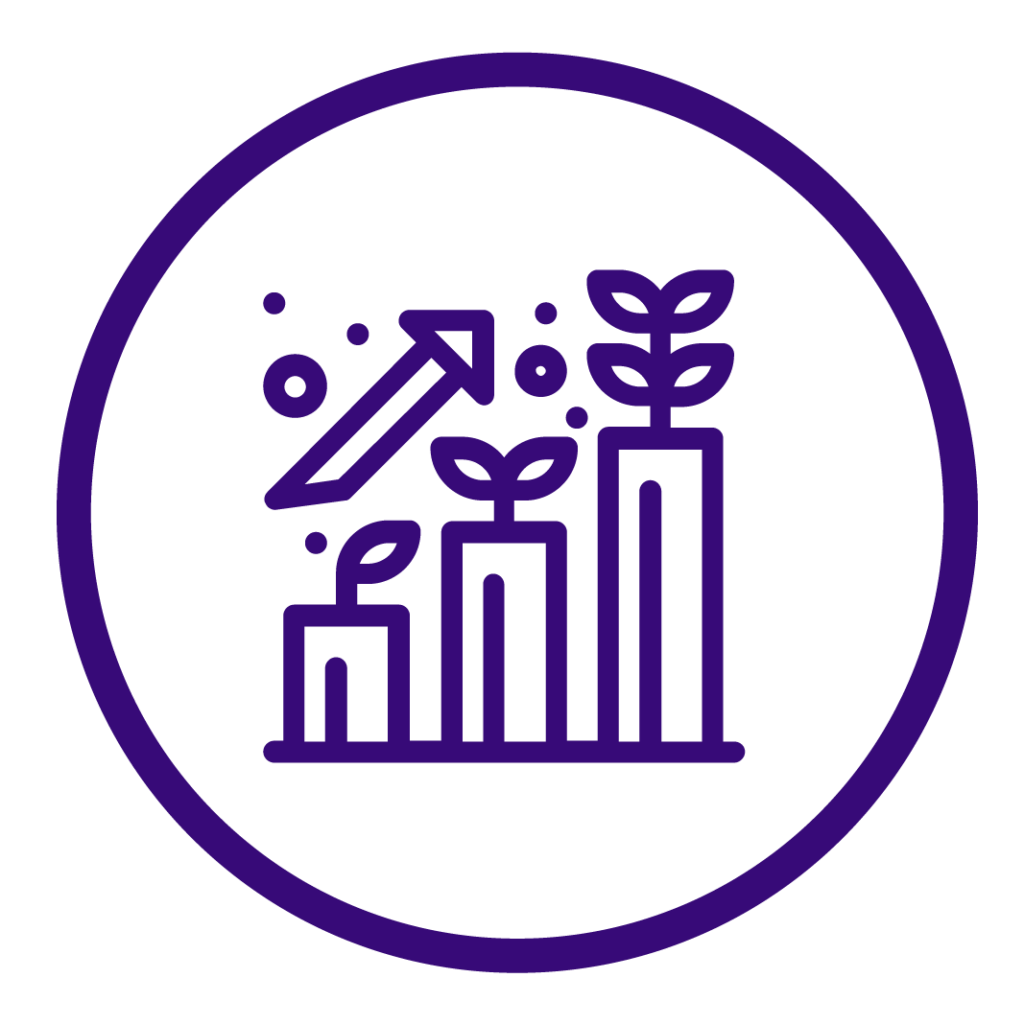
Share This Post
Getting SOC 2 certified isn’t just about checking boxes—it’s about proving your organization takes security seriously. And at the heart of this process is the System Description Document, a clear, detailed overview of an organization’s system, its controls, and security measures to demonstrate adherence to the Trust Services Criteria (TSC).
At Axipro, we specialize in helping businesses navigate the complexities of SOC 2 compliance, including crafting a comprehensive System Description Document that meets audit requirements. In this blog, we will explore what a System Description is, why it matters, and how Axipro can help you create an audit-ready document.
What is a System Description?
A System Description is a core part of a SOC 2 audit report, offering a structured and in-depth view of an organization’s systems, controls, and operational environment. It provides stakeholders—such as customers, regulators, and auditors—with clarity and transparency on how an organization manages risks and ensures data security.
A well-prepared System Description is crucial for achieving SOC 2 compliance as it allows auditors to assess the design and effectiveness of implemented security control.
Key Components of a System Description
- Company Background
This section provides an overview of the organization, including its mission, business objectives, and compliance commitments.
- Description of Services
A clear outline of the services provided, how they function, and how they interact with customer data. This helps auditors and stakeholders understand the scope of the audit.
- Principal Service Commitments and System Requirements
Details on security, availability, processing integrity, confidentiality, and privacy commitments made to customers. These are aligned with the Trust Services Criteria (TSC).
- Components of the System
A breakdown of the fundamental elements that make up the organization’s system, including:
- Infrastructure: Physical and cloud-based systems, servers, and network components.
- Software: Applications, databases, and security tools in use.
- People: Roles and responsibilities of employees managing security and compliance.
- Data: Handling, storage, encryption, and processing of customer data.
- Processes and Procedures: Internal policies governing system security and compliance.
- Security and Operational Controls
A critical aspect of the System Description, this section details the security measures in place to protect sensitive information:
- Physical Security: Access controls for data centres, office spaces, and restricted areas.
- Logical Access: Authentication mechanisms, role-based access controls (RBAC), and privileged access management.
- Computer Operations – Backups: Data backup strategies, disaster recovery plans, and retention policies.
- Computer Operations – Availability: Measures ensuring uptime and resilience, such as redundancy and failover mechanisms.
- Change Management: Processes for software updates, patches, and infrastructure changes.
- Data Communications: Secure transmission of data between systems, including encryption standards.
- Boundaries of the System: Defining the scope of services covered within SOC 2 compliance.
- Control Environment & Risk Management
Organizations must demonstrate a strong control environment by detailing policies, governance structures, and risk assessment processes:
- Integrity and Ethical Values: Commitment to ethical business practices and compliance.
- Commitment to Competence: Employee training and certifications to maintain compliance standards.
- Management’s Philosophy and Operating Style: Leadership’s role in fostering a security-first culture.
- Organizational Structure and Assignment of Authority and Responsibility: Clear roles and accountability within the company.
- Human Resource Policies and Practices: Security awareness training and employee onboarding processes.
- Risk Assessment Process & Integration: Identifying, evaluating, and mitigating security risks proactively.
- Information and Communication Systems
A well-defined communication and monitoring process ensures continuous improvement in security posture:
- Monitoring Controls: Tools and procedures for detecting security incidents and vulnerabilities.
- Ongoing Monitoring: Regular internal audits, security reviews, and risk assessments.
- Reporting Deficiencies: Mechanisms for logging, tracking, and resolving compliance gaps.
- Subservice Organizations: Evaluation of third-party vendors that impact compliance.
- Complementary User Entity Controls: Customer responsibilities for maintaining shared security.
Why is the System Description Important for SOC 2 Compliance?
1. Audit Readiness
The System Description provides auditors with a clear and structured view of an organization’s security measures, reducing the risk of compliance gaps.
2. Transparency & Trust
A well-documented System Description builds customer confidence by demonstrating commitment to data protection and compliance.
3. Risk Management & Continuous Improvement
Organizations can identify vulnerabilities and strengthen their security posture by documenting and analysing their controls.
4. Regulatory & Industry Recognition
A thorough System Description helps organizations comply with industry regulations such as ISO 27001, HIPAA, GDPR, and PCI DSS, in addition to SOC 2.
How Axipro Can Help
Drafting this document from scratch can be overwhelming—especially if it’s your first SOC 2 audit. At AxiPro, we help by:
- Guiding you through the structure– We know what auditors look for and how to present your controls clearly.
- Spotting gaps before they become problems– We’ll flag weak points in your security so you can fix them early.
- Tailoring it to your business– No generic templates—we make sure your System Description reflects your actual operations.
- Saving you audit headaches– A well-prepared document means fewer revisions and a smoother certification process.
Final Thoughts
A well-structured System Description is a vital component of SOC 2 compliance, serving as the foundation for a successful audit. It not only enhances security and transparency but also demonstrates your organization’s commitment to protecting customer data.
If your business is preparing for a SOC 2 audit, let Axipro help you create an audit-ready System Description and navigate the compliance journey seamlessly.
📞 Contact us today to get started on your SOC 2 compliance journey!



